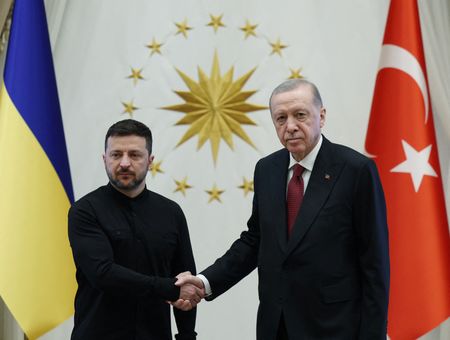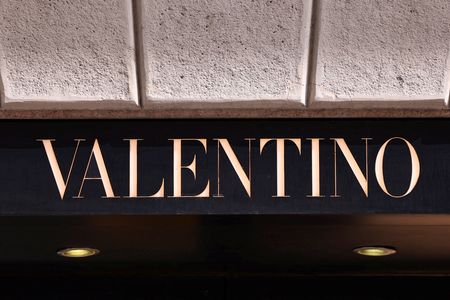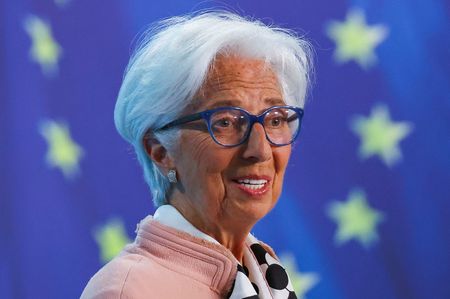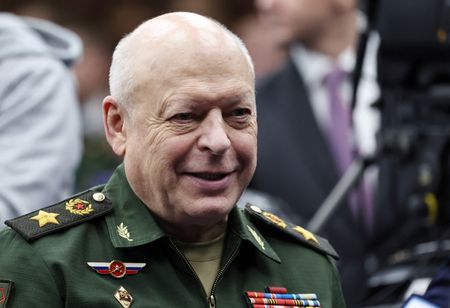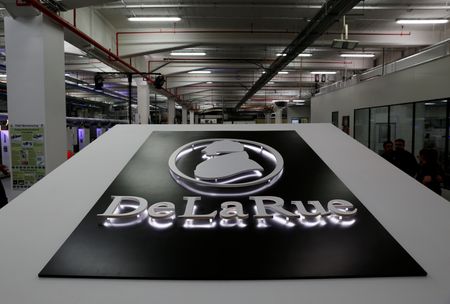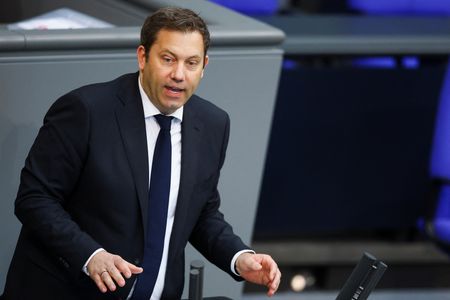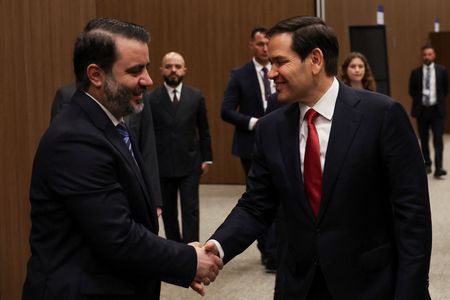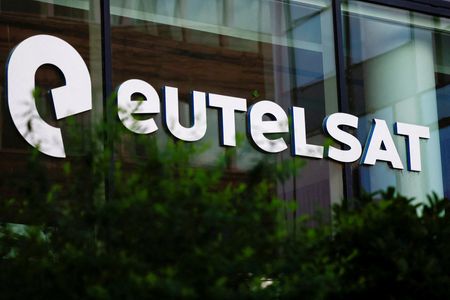By Marwa Rashad
AMSTERDAM (Reuters) – Current low European gas prices, supported by weak Chinese demand, will encourage the refilling of EU gas storage sites this summer, a senior executive at German utility Uniper told Reuters.
EU inventories were left two-thirds empty by the end of the winter season and the continent is estimated to need around 30 billion cubic metres (bcm) more gas than last year to meet storage targets.
The EU parliament voted earlier this month in favour of loosening filling gas storage rules, over concerns the requirement to fill storage to 90% capacity by November 1 inflates prices.
“In Europe, the summer-winter spreads that we see now do incentivise storage filling,” Carsten Poppinga, Uniper’s chief commercial officer said in an interview on the sidelines of Flame gas conference in Amsterdam.
Gas prices rose in February to two-year high of 58 euros per megawatt hour (MWh), but they have since fallen and are now at around 34 euros/Mwh, according to LSEG data.
Analysts estimate summer-winter spread has gone down from a high of around 7 euros/MWh earlier this year to 1.3 euros/MWh currently.
The EU faces competition for LNG on the global market from Asia. But China, the world’s largest LNG buyer, in April recorded its lowest LNG demand since October 2022, and has been reselling U.S.-sourced LNG cargoes to Europe amid a tariff war with the United States.
If this continues, it would help Europe replenish stocks.
A temporary truce agreed by Washington and Beijing earlier this week could unblock some of the two-way trade brought to a standstill by the conflict between the world’s two biggest economies. If a final deal between the two powers is agreed, it might spur economic activity in China and support a pick up in gas demand.
“If China takes a lot more of the LNG that is currently coming to Europe, then, of course, it’s a different ball game, and then we would see higher prices,” Poppinga said
Poppinga said that Europe will continue to need LNG even if demand goes down, adding that while trying to diversify supply sources, the continent is still expected to get a large portion of its supplies from the United States.
“U.S. LNG remains the most economic way to bring gas into the European Union,” he said.
In 2022, the German government bailed out Uniper, once Gazprom’s biggest European customer. The German group has since replaced Russian gas volumes entirely via other suppliers including from the United States, Australia and the Middle East.
(Reporting by Marwa Rashad; Editing by Nina Chestney)



